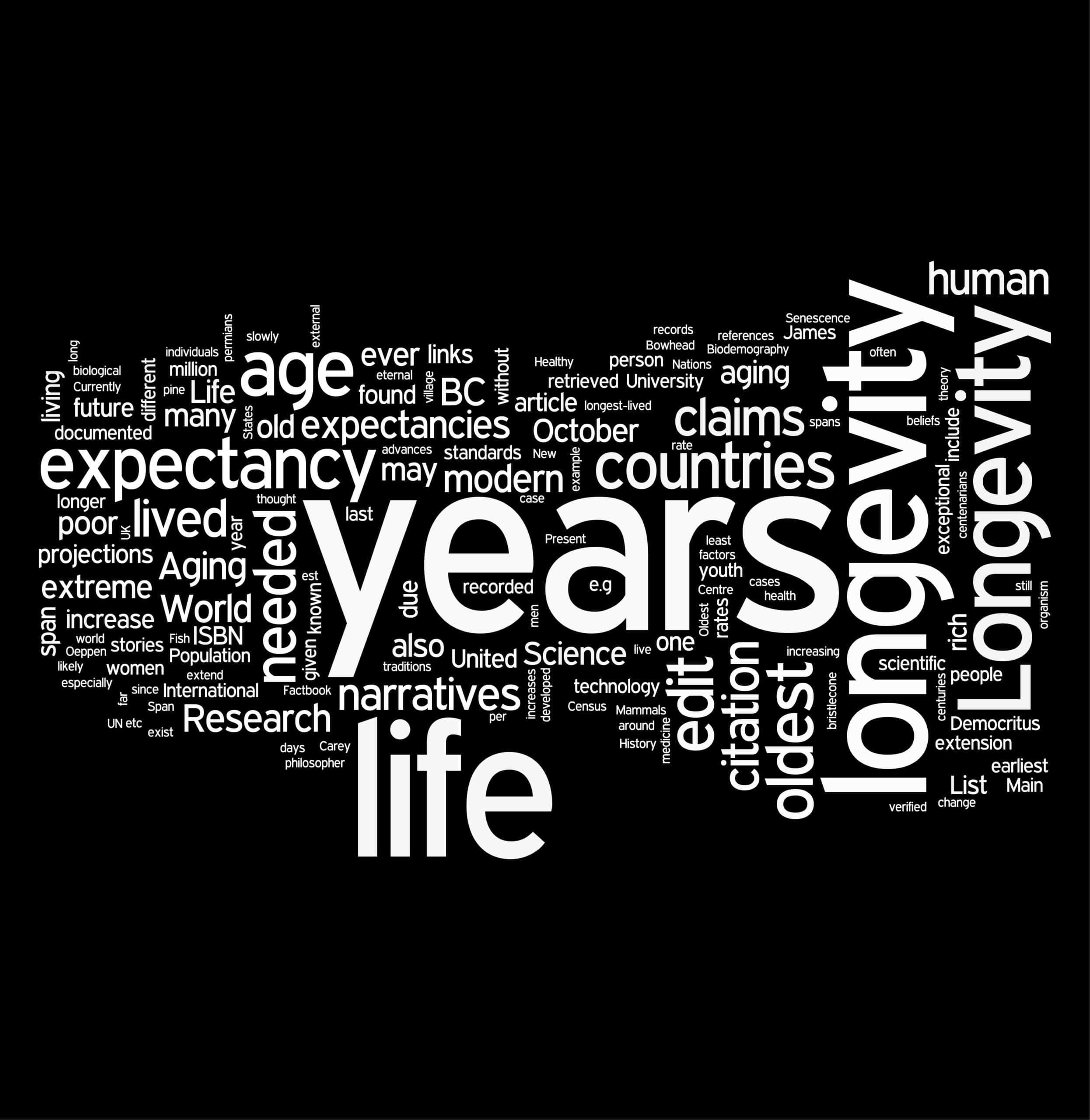Risk of death throughout life increases but was found to level off after reaching 105 in a mortality plateau, upon reaching 105 the odds are roughly 50:50. Jean-Marie Robine of the French Institute of Health who was not involved in this study explains that “if there can be a mortality plateau then there is no limit to human longevity.”
Whether humans have an upper age limit has been long debated, with the consensus of risk of death increases steadily until reaching around 80, but vehement disagreement remains regarding what happens as people enter the 90s and 100s.
Demographic data has been examined and some scientists have concluded that there is a fixed natural end point for the human species with mortality rate continually increasing, while other have examined the exact same data and concluded that death risk factors level out in the supercentenarians years and human lifespan does not appear to have an upper threshold shelf life.
Scientist at Albert Einstein College of Medicine, NYC revived debate in 2016 after analysis of reported ages of death for the world’s oldest individuals over a half century, estimating that human longevity hit the limit at about 115-125 maximum. The team argued with few if any gains in maximum lifespan since the mid 1900s humans lifespan had reached natural limits.
Scientists challenged statistical methods used in the 2016 study setting off firestorm of debate. Working with the Italian National Institute of Statistics researchers gathered records on every Italian aged 105+ years between 2009-2015 which included certificates of death, birth, and survival to minimize chances of age exaggeration. Individual survival trajectories from year to year rather than lumping individuals into age intervals as done in previous combining data sets have done. In addition by placing focus on Italy alone issues of data variation collected among varying jurisdictions was avoided. According to Kenneth Howse of the Oxford Institute of Population Ageing in the UK “as such this data provides best evidence to date of extreme age mortality plateaus in humans.”
Prior disputes regarding patterns of late life mortality are suspected to stem from bad records and statistics explains Ken Wachter of the University of California, adding, this study had the advantage of much better data, if the same quality data can be found in other countries it is expected to see the same pattern.
Robine claims that unpublished data from Canada, France, and Japan suggests evidence for the mortality plateau is not clear cut, and global analysis is needed to determine whether findings from Italy reflect across the globe in universal feature of human ageing.
Globally there are about 500,000 individuals aged 100+, and that number is predicted to close to double with each coming decade; even if the risk of late life mortality remains at a constant 50:50. Membership into the 100+ longevity warrior club should translate into increases upwards in the oldest person alive by around one year per decade, explains Joop de Beer of the Netherlands Interdisciplinary Demographic Institute.
Siegfried Hekimi of McGill University speculates the body’s cells eventually reach a point to which repair mechanisms offset further damage to keep mortality rates level, but why this causes plateau and what it means about the ageing process is not known.
According to James Kirkland of the Mayo Clinic strong evidence of the plateau points to possibility of forestalling death at any age. Some experts think the frail are beyond repair, but if odds of dying don’t increase interventions slowing ageing are likely to make an impact even in those extremely old.
All arguments and conclusions that not every scientist agrees with. Such as Brandon Milholland co-author of the 2016 report saying the evidence of plateau is marginal as it included less than 100 subjects to live or 110+; and Leonid Gavrilov of the University of Chicago noting small inaccuracies in records could lead to spurious conclusions.
Furthering on that other scientists state the conclusions of the study are biologically implausible, such as Jay Olshansky of the University of Illinois saying the body has basic limitations imposed by body design, noting cells that don’t replicate will continue to die off with age placing upper boundaries on natural lifespan.
Haim Cohen of the Bar-Ilan University notes these studies are not likely to be the last on the age limit dispute, this debate is going to continue on.




